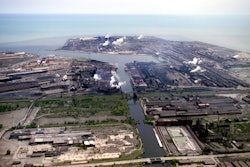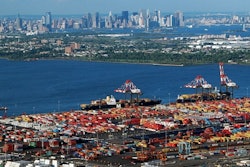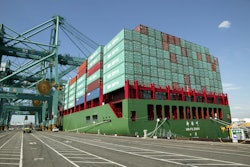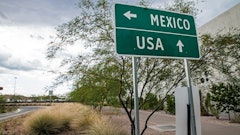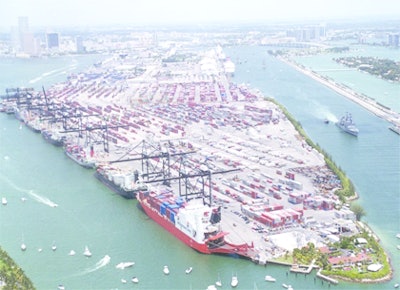
Major U.S. seaports look to expand amid growing trade volume, neighboring communities are increasingly pushing back against efforts by local officials and freight-transportation businesses to increase the ports’ capacity, contending sprawling port infrastructure inhibits their way of life, according to The Wall Street Journal.
Ports from New York to Miami to Los Angeles are pouring billions of dollars into harbor dredging, bridge raising, new roads and rail lines and other projects to accommodate larger ocean vessels. Cargo businesses that use the ports, from shippers to railroads and trucking companies, say opposition to such efforts drives up costs and delays the construction of infrastructure needed to handle rising trade volumes and alleviate congestion.
But community groups and local activists say unchecked seaport expansion has damaged coastal ecosystems and is choking some of the most densely populated zip codes with dangerously high emissions from trucks, trains and ships entering the ports.
In March, residents of communities near the Port of Los Angeles won a legal battle against Burlington Northern Santa Fe Corp. that halted a new rail-yard project serving the port. The ruling found the railroad hadn’t adequately addressed the impact of emissions, traffic and noise pollution in local neighborhoods. BNSF executives have since said they’re uncertain whether the project is still feasible.
Port officials say halting development altogether isn’t an option. “These improvements are necessary to handle the projected growth in cargo volumes,” said Kurt Nagle, president of the American Association of Port Authorities.
From 2000 to 2015, container trade through the nation’s ports grew 78 percent to 32 million 20-foot equivalent units, a standard measure for cargo, according to the U.S. Maritime Administration. Increasingly, cargo arrives on giant ships that can barely squeeze into berths at even the biggest U.S. ports.
To read more, click here.




